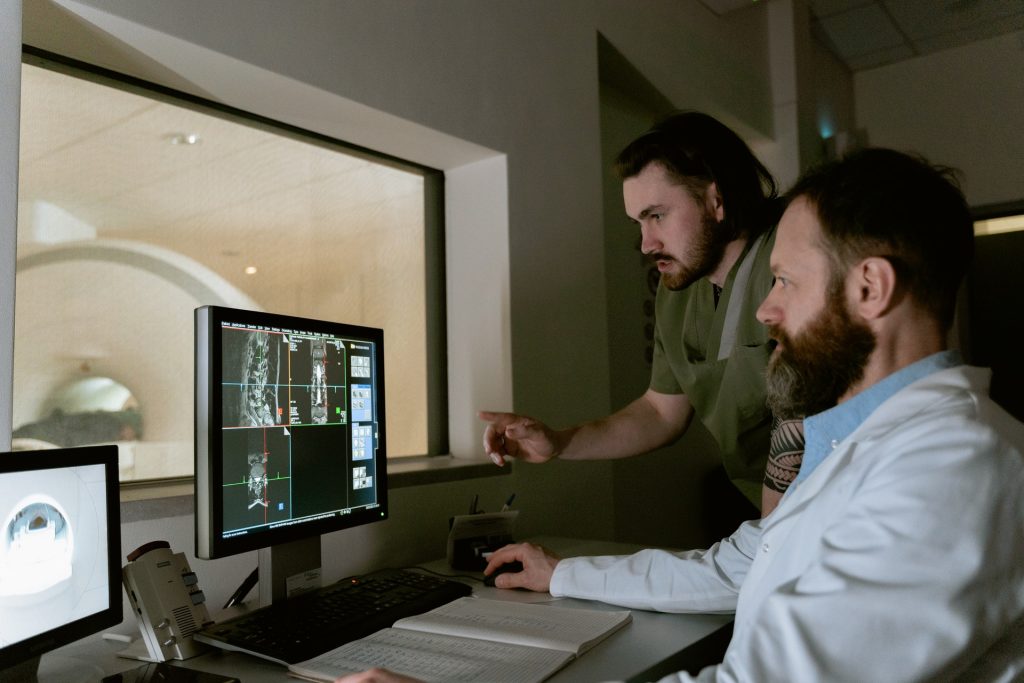
According to a new study, the MRI-derived standardised non-invasive clear cell likelihood score (ccLS) is correlated with the growth rate of small renal masses (cT1a, <4 cm) and could help guide personalised management.
The study was published in the American Roentgen Ray Society’s American Journal of Roentgenology. Extracted from clinical reports, “the ccLS scores the likelihood that the small renal mass represents clear cell renal cell carcinoma, from 1 (very unlikely) to 5 (very likely),” explained corresponding author Ivan Pedrosa from the University of Texas Southwestern Medical Center at Dallas. “Small renal masses with lower ccLS may be considered for active surveillance, whereas small renal masses with higher ccLS may warrant earlier intervention.”
The team’s retrospective study included consecutive small renal masses assigned a ccLS on clinical MRI exams performed from June 2016 to November 2019. Tumour size measurements were obtained from available prior and follow-up cross-sectional imaging examinations, up to June 2020.
Among 389 small renal masses in 339 patients (198 men, 141 women; median age, 65 years) on active surveillance that were assigned a ccLS on clinical MRI examinations, those with ccLS4-5 grew significantly faster (9% diameter, 29% volume yearly) than those with ccLS1-2 (5% diameter, p<.001; 16% volume, p<.001) or ccLS3 (4% diameter, p<.001; 15% volume, p<.001).
With a lack of validated imaging markers to characterise biologic aggressiveness of small renal masses hindering medical decision making, “growth is associated with ccLS in small renal masses,” the authors reiterated, “with higher ccLS correlating with faster growth.”
Source: EurekAlert!

